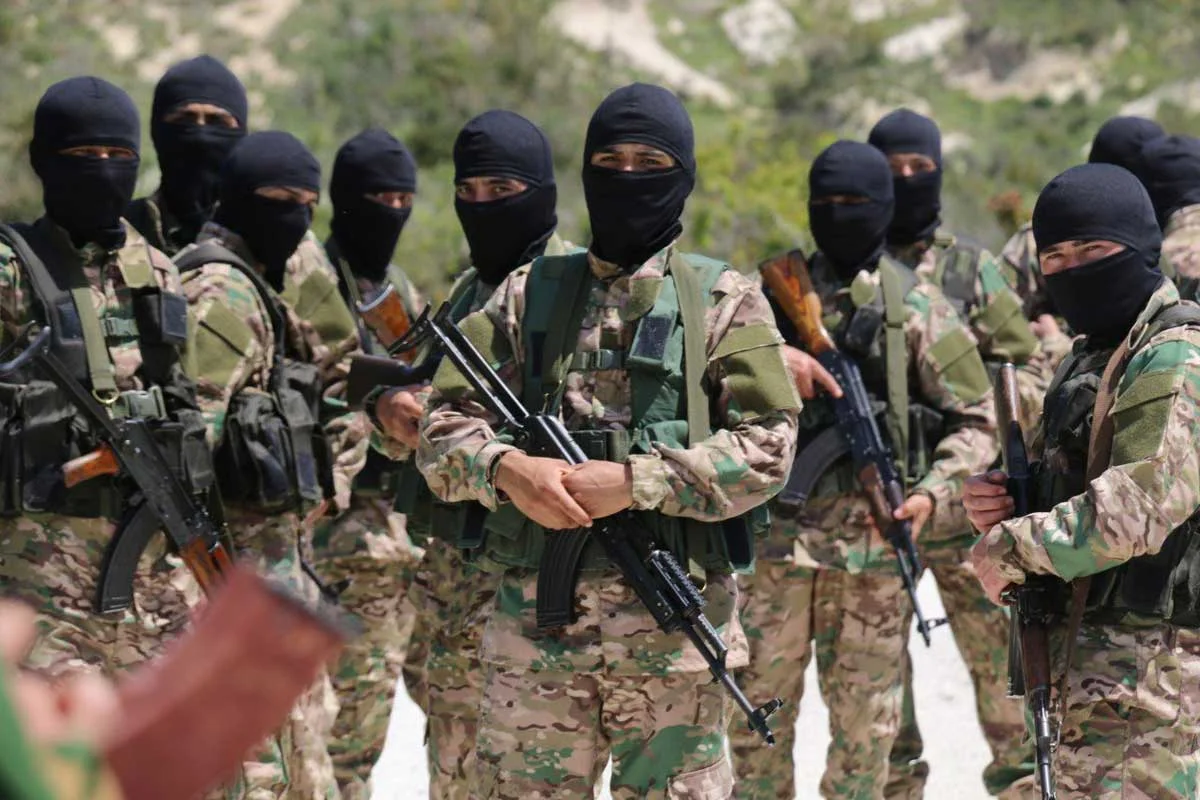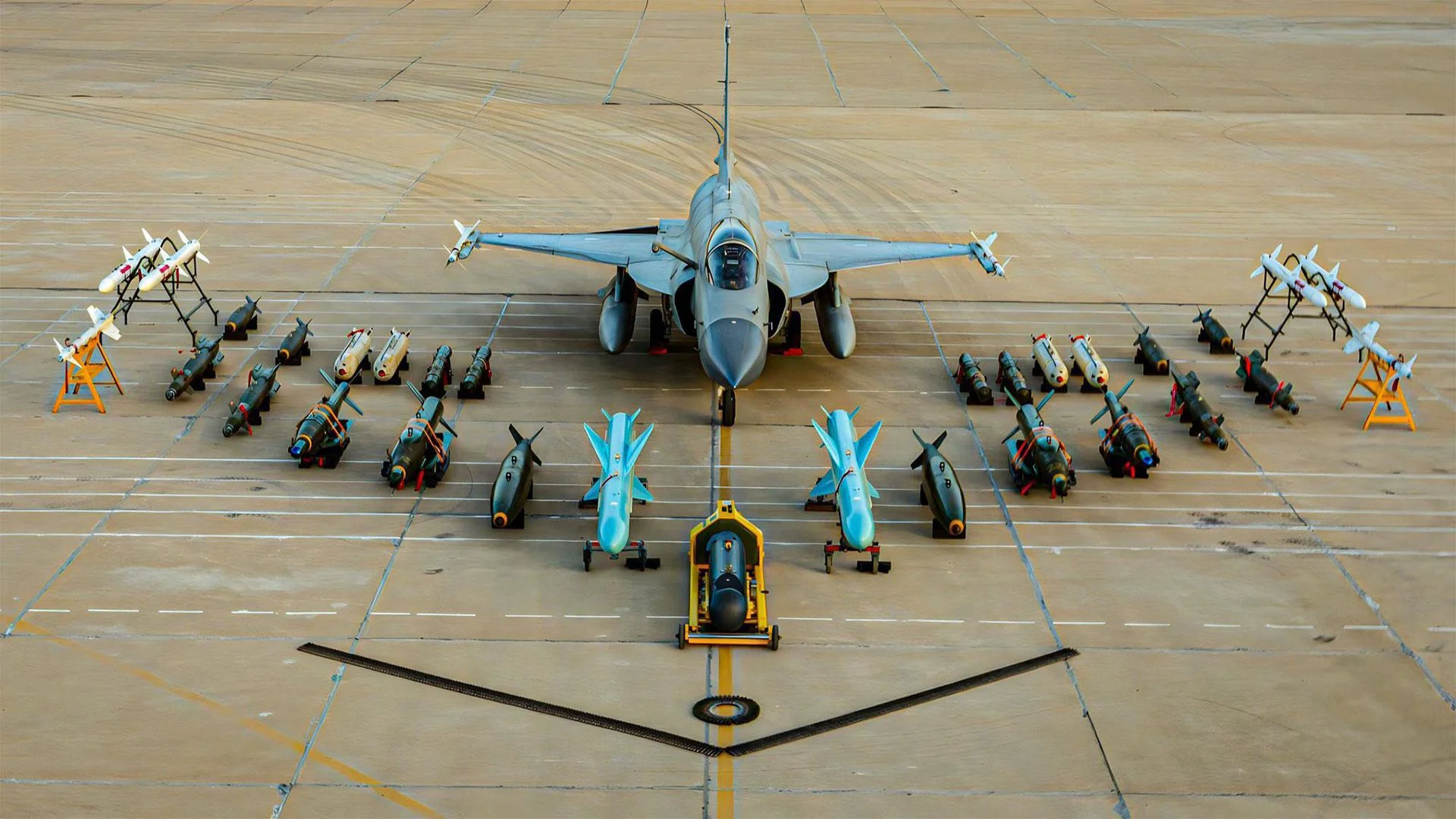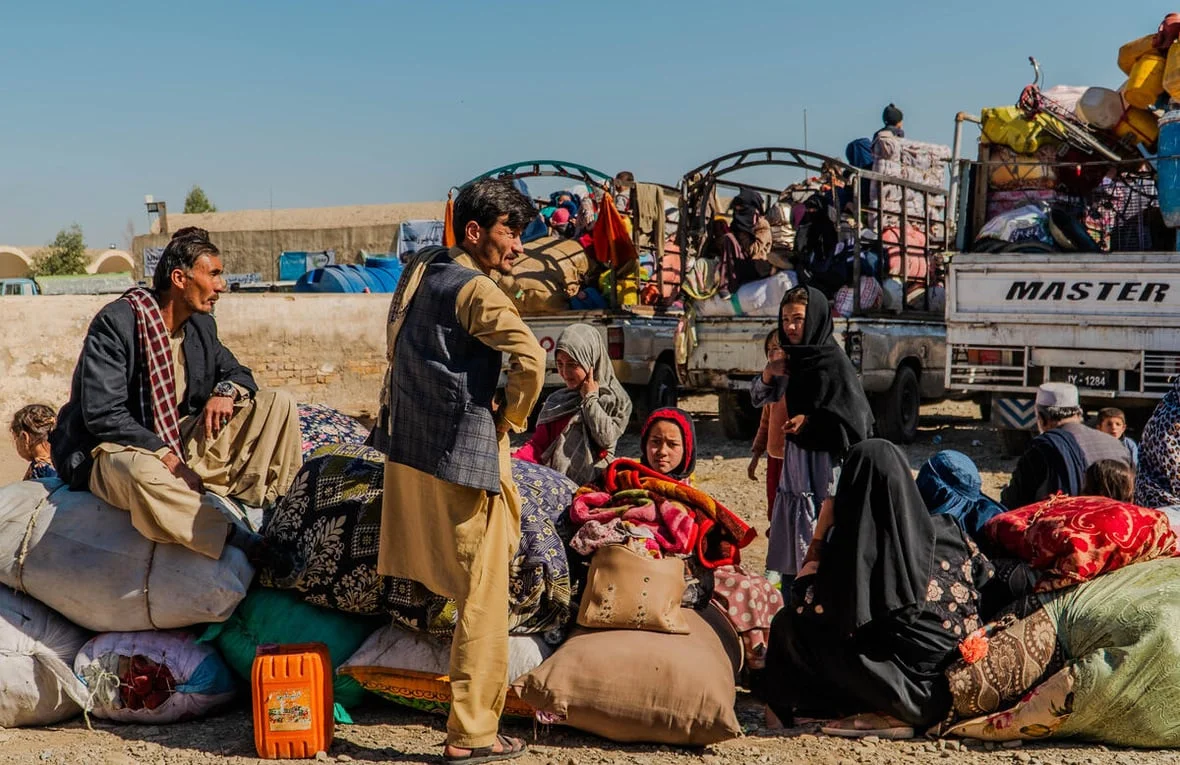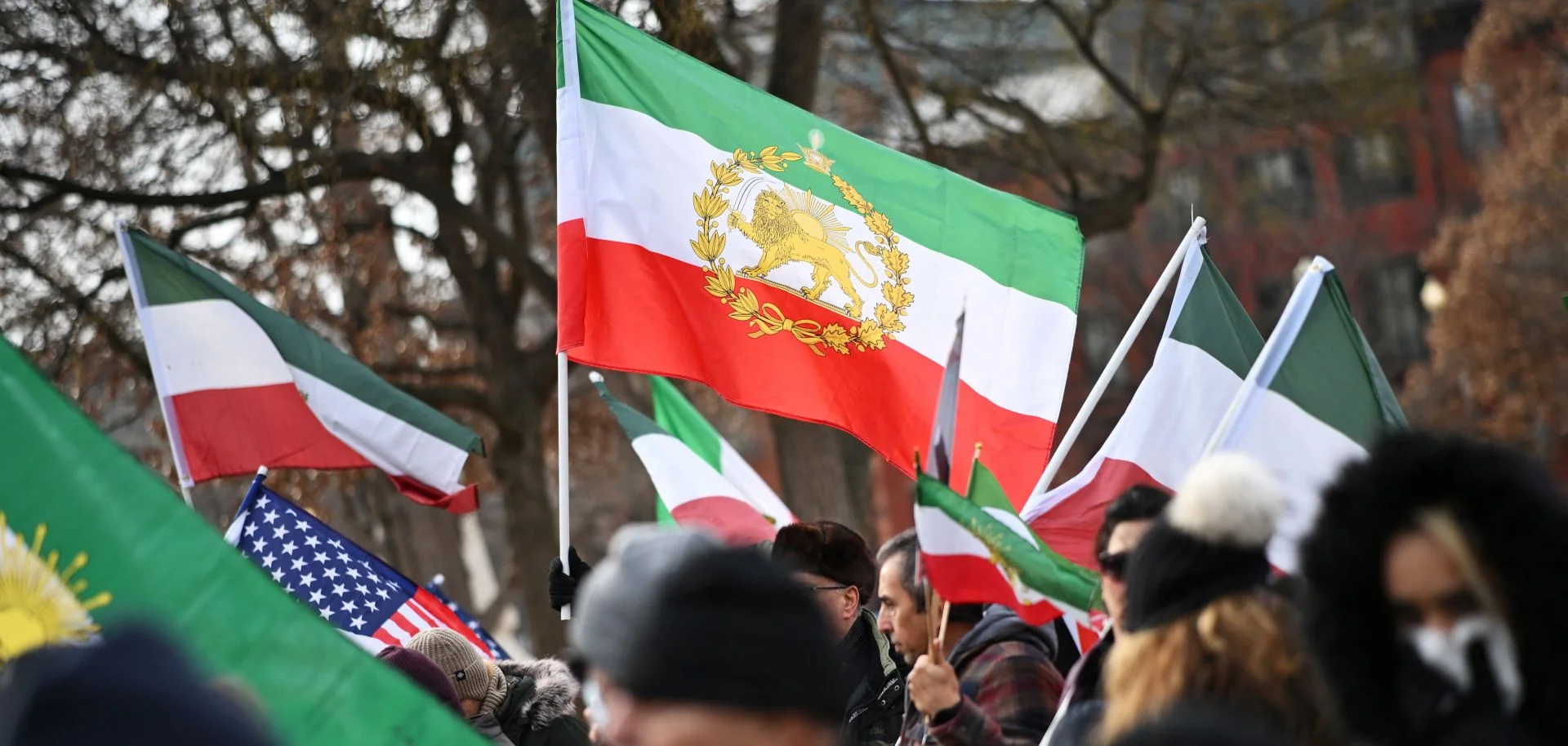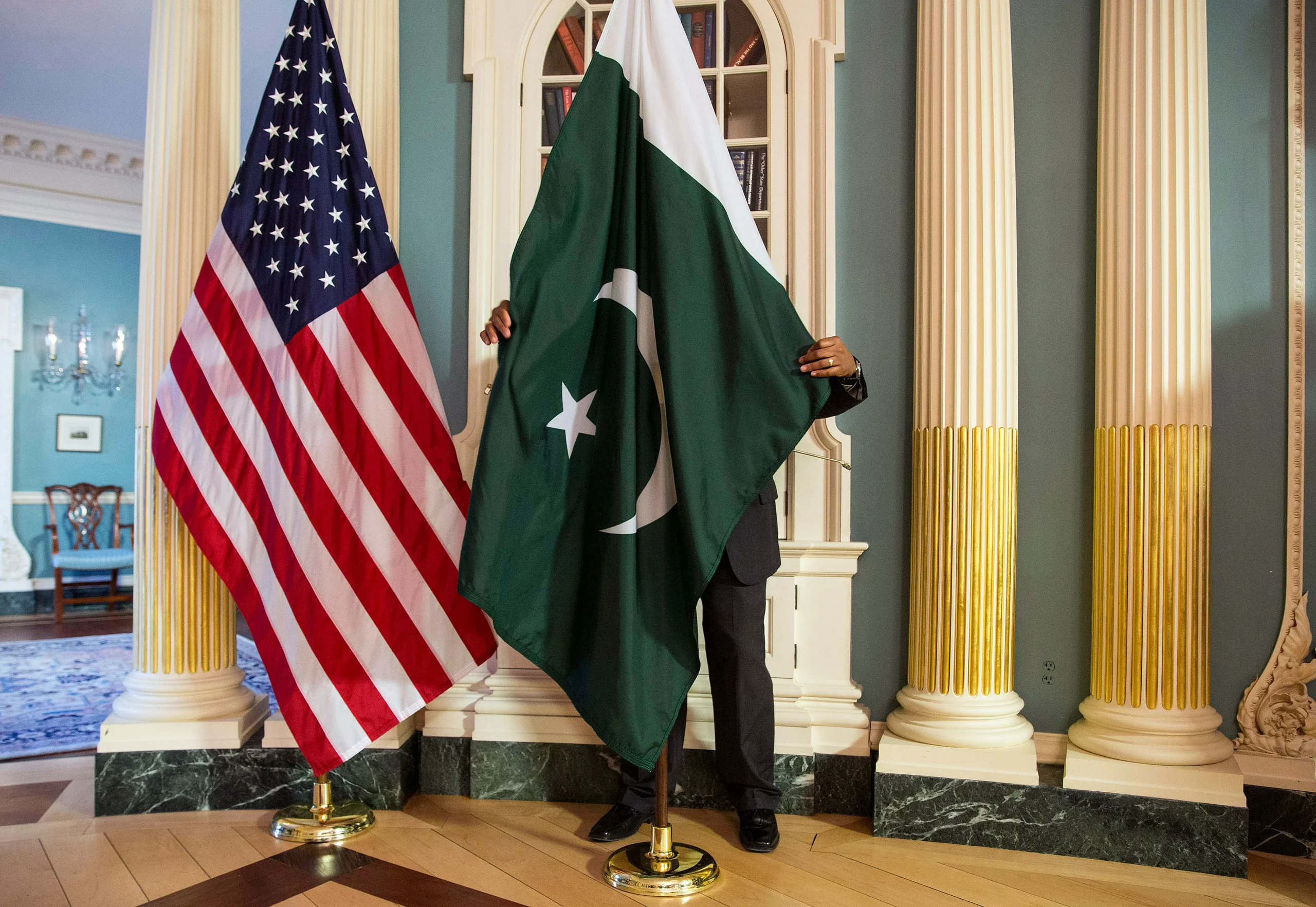The SCO Summit 2024 concluded in Islamabad, where China led with the largest delegation of over 200 delegates. It is clear that the China-Pakistan Economic Corridor (CPEC) remains a critical artery for regional development and cooperation between the two nations. Both Pak-China governments reaffirmed their commitment to deepening economic, diplomatic, and strategic ties. There is a renewed focus on reviving and expanding CPEC into its second phase—CPEC 2.0.
Pakistan’s early diplomatic moves in the 1950s set the stage for this enduring partnership. It was the third non-communist and the first Muslim-majority country to recognize the People’s Republic of China. Pakistan established full diplomatic relations while much of the West continued to acknowledge Taiwan as the legitimate representative of China. This early alliance not only laid the foundation for future cooperation but also positioned Pakistan as a crucial mediator in global geopolitics. Notably, Pakistan facilitated Henry Kissinger’s 1971 visit to China, paving the way for President Nixon’s historic visit in 1972. China’s subsequent integration into the international community led to its rapid economic rise, allowing it to become the second-largest economy in 2010. This status reinforced the strategic importance of CPEC.
The initial groundwork for CPEC was established as far back as the late 1950s, but it was President Musharraf’s era that significantly advanced the project’s conceptualization. By 2013, Pakistan, under President Asif Ali Zardari’s government, had formalized the CPEC framework by signing an MoU with China. The first phase of CPEC began in 2015, leading to the completion of over 50 projects valued at approximately $25 billion.
CPEC 2.0: Major Projects and Strategic Vision
CPEC 2.0 marks a strategic shift as both nations focus on broadening the scope beyond infrastructure. This new phase includes economic zones, technological innovation, and energy sustainability. At the heart of this phase lies the revival of the Main-Line 1 (ML-1) project. Initially valued at $9 billion, the cost has been restructured to between $6 and 7 billion due to concerns over Pakistan’s debt obligations. This crucial 1,726 km railway project will modernize Pakistan’s rail infrastructure. It will enhance cargo and passenger transportation capabilities, providing a much-needed boost to Pakistan’s economy.
Additionally, Special Economic Zones (SEZs) are a key feature of CPEC 2.0. Initially, planners proposed nine SEZs, but the COVID-19 pandemic delayed development, resulting in only four being established. These SEZs aim to attract investment by offering special incentives and tax exemptions to create a business-friendly environment in Pakistan. In a post-pandemic world, these zones are pivotal for revitalizing Pakistan’s manufacturing sector and integrating it into global supply chains.
Gwadar: The Strategic Heart of CPEC
The strategic value of CPEC cannot be fully understood without considering Gwadar port, which lies at the heart of China’s long-term geostrategic interests.
Currently, 70% of China’s trade passes through the vulnerable Strait of Malacca. This route represents a potential choke point in times of conflict, especially with rival powers such as the United States. The Gwadar-Kashgar route offers China an alternative trade corridor that bypasses this strategic bottleneck. It provides a safer and more secure conduit for Chinese goods. For Pakistan, Gwadar holds the promise of transforming the nation into a regional trade hub. This hub would link South Asia, the Middle East, and Central Asia.
However, Gwadar and CPEC face significant security challenges. Separatist militants in Balochistan have targeted Chinese workers, infrastructure, and key CPEC projects, raising concerns in Beijing about the safety of its nationals. Militant attacks have killed 21 Chinese nationals since 2017. Just before the SCO Summit, militants killed over 50 people in Balochistan, further highlighting the region’s instability. For CPEC to reach its full potential, Pakistan must urgently address these security concerns, ensuring the safety of both Chinese and Pakistani workers.
Economic Rivalries and Geopolitical Competition
CPEC is not only an economic corridor but also a strategic pivot point in the broader competition between China and the United States.
While China is making significant investments in Pakistan, the U.S. has approached the Belt and Road Initiative (BRI) with growing skepticism. CPEC is a key component of the BRI. In response, the U.S. has introduced initiatives like Build Back Better World (B3W) and the India-Middle East-Europe Economic Corridor (IMEC) as alternatives to the BRI. However, these efforts have struggled to gain substantial support.
This geopolitical dynamic has prompted the U.S. to characterize certain CPEC projects as “debt traps,” a perspective that resonates with some factions within Pakistan’s political and financial communities, particularly given the cautious approach of the International Monetary Fund (IMF) regarding CPEC-related debt.
Amid these complexities, Pakistan finds itself in a unique position, striving to maintain a balanced relationship with both China and the U.S. The challenge lies in steering these ties without having to make a definitive choice between the two superpowers. Instead, Pakistan can harness its strategic location and relationships to optimize benefits from both alliances, ensuring a more favorable outcome for its own development and stability.
Also See: Crossroads of Power: Decoding CPEC Geopolitics
Looking Ahead: CPEC’s Future and Pakistan’s Challenges
As the world shifts gears in the race for economic supremacy, Pakistan stands at a crossroads with CPEC—an opportunity that could redefine its future or become a cautionary tale of potential squandered.
Looking toward 2030, the second phase of the China-Pakistan Economic Corridor (CPEC) aims to complete 63 new projects valued at $35 billion, with a focus on green energy, technological innovation, and regional development.
However, for CPEC to realize its full potential, Pakistan must tackle several pressing challenges, including bureaucratic inefficiencies, political instability, and the growing burden of debt.
Navigating Geopolitical Dynamics
To attract foreign investment and expedite these projects, authorities established the Special Investment Facilitation Council (SIFC), a joint civil-military body. China’s $400 billion investment deal with Iran and its increasing engagement in Afghanistan’s mineral sector further complicate the strategic context. These developments suggest a potential expansion of CPEC into Iran, Afghanistan, and Central Asia, which could enhance Pakistan’s role as a crucial regional player in the Indian Ocean Region.
India shapes the geopolitical landscape with its apprehension towards CPEC. It views CPEC as a challenge to its influence in South Asia. In addition, India is eyeing its own strategic interests and continues to develop alternative regional corridors. It also strengthens ties with partners, including the U.S. and Russia. Meanwhile, the United States promotes alternatives like the Build Back Better World (B3W). However, it is increasingly cautious about China’s growing presence in the region. Similarly, Russia’s interests in the Indo-Pacific could lead to more complex interactions that impact Pakistan’s strategic calculations.
In this evolving geopolitical landscape, as Pakistan embarks on this new phase of CPEC development, it is essential to implement robust economic reforms, mitigate security risks posed by insurgencies, and cultivate political stability. The inauguration of the Gwadar International Airport during Chinese Premier Li Qiang’s visit highlights China’s commitment to Pakistan’s economic advancement. However, unless Pakistan addresses the structural issues that hinder growth and delay project completions, it risks undermining the transformative potential of CPEC.
Conclusion
In conclusion, CPEC 2.0 presents Pakistan with a historic opportunity to reshape its economic future. It aims to strengthen ties with China and position Pakistan as a regional hub for trade and connectivity. The success of this ambitious vision will depend on Pakistan’s ability to navigate a complex geopolitical environment. It must also manage its debt obligations and create the internal stability necessary to bring these projects to fruition. Additionally, Pakistan needs to balance the interests of neighboring powers like India, Iran, the U.S., and Russia.
The clock is ticking, and the future is a blank canvas—will Pakistan paint a masterpiece or miss the mark? The ball’s in their court!

![With CPEC 2.0 in full swing after the SCO Summit 2024, Pakistan and China are deepening their strategic ties. [SAT Creatives]](https://southasiatimes.org/wp-content/uploads/2024/10/China-The-Pakistan-Variable.png)
